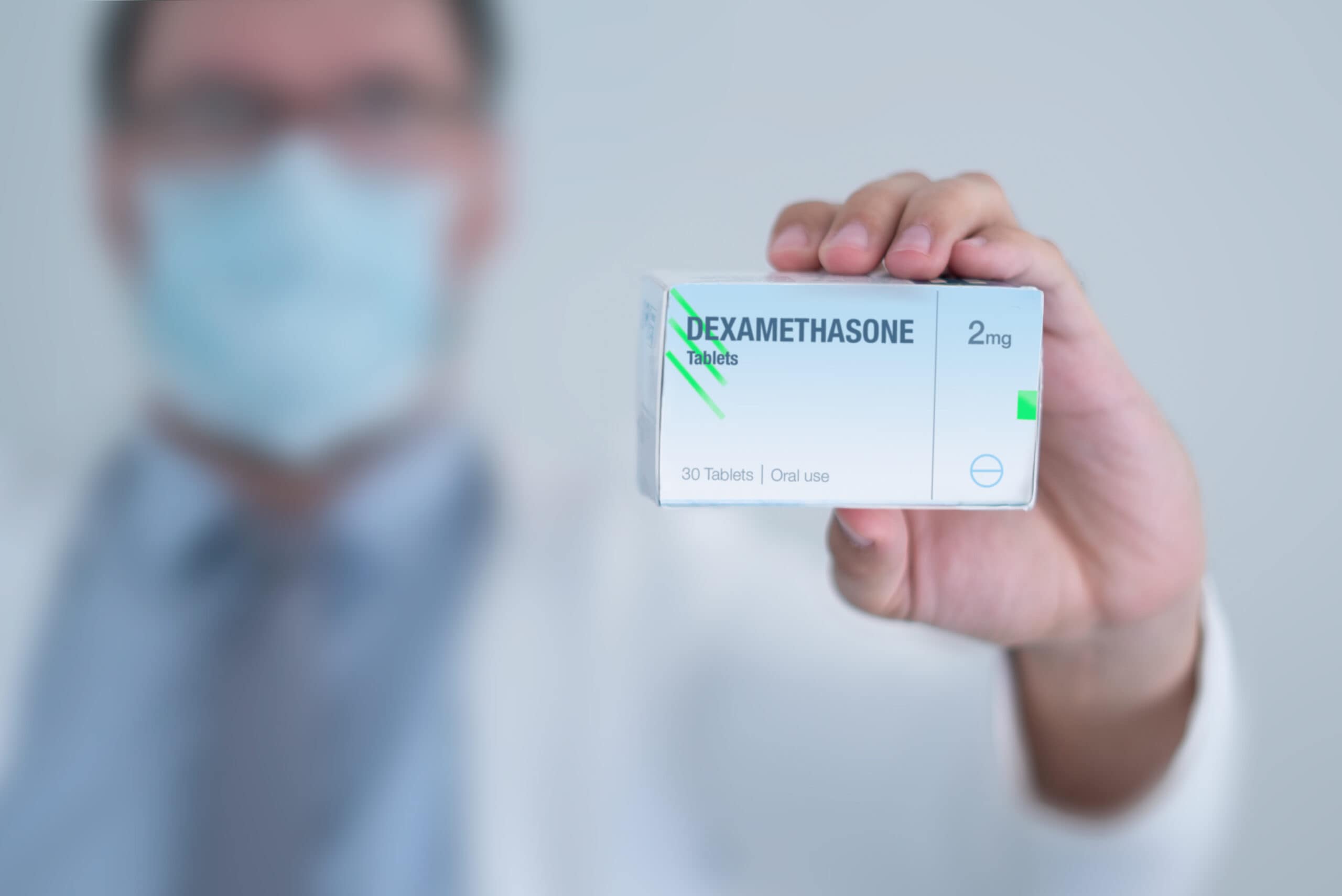Am J Sports Med. 2023 May 18;3635465231170394.doi: 10.1177/03635465231170394. Online ahead of print.
Leukocyte-Rich Platelet-Rich Plasma Is Predominantly Anti-inflammatory Compared With Leukocyte-Poor Platelet-Rich Plasma in Patients With Mild-Moderate Knee Osteoarthritis: A Prospective, Descriptive Laboratory Study
Prathap Jayaram 1 2,
Parker J T Mitchell 3,
Theodore B Shybut 3,
Bruce J Moseley 3,
Brendan Lee 4
Affiliations expand
Abstract
Background: Platelet-rich plasma (PRP) has been used extensively in clinical practice to treat patients with symptomatic knee osteoarthritis (OA). Leukocyte-poor PRP (LP-PRP) has been clinically preferred over leukocyte-rich PRP (LR-PRP); however, it is unclear which cytokine mediators of pain and inflammation are present in LR-PRP and LP-PRP from patients with mild to moderate knee OA in order to rationalize a specific formulation.
Hypothesis: LP-PRP would be predominantly anti-inflammatory and have reduced nociceptive pain mediators compared with LR-PRP from the same individual with mild to moderate knee OA.
Study design: Controlled laboratory study.
Methods: A total of 24 unique samples of PRP were prepared in order to assess 48 samples of LR-PRP and LP-PRP taken from 12 patients (6 male and 6 female) with symptomatic knee OA of Kellgren-Lawrence grade 2 to 3. Patients underwent blood collection for LR-PRP and LP-PRP preparation through a double-spin protocol to obtain baseline whole blood, platelet concentration, and white blood cell subtypes. LR-PRP and LP-PRP from the same patient were produced at the same time and underwent a comprehensive panel through Luminex (multicytokine profiling) to assess key mediators of inflammation: interleukin 1 receptor antagonist (IL-1Ra), interleukin 4, 6, 8, and 10 (IL-4, IL-6, IL-8, and IL-10), IL-1β, tissue necrosis factor α (TNF-α), and matrix metalloproteinase 9 (MMP-9). To assess mediators of nociceptive pain, nerve growth factor (NGF) and tartrate resistant acid phosphatase 5 (TRAP5) were also assessed.
Results: LR-PRP from patients with mild to moderate knee OA expressed significantly more IL-1Ra, IL-4, IL-8, and MMP-9 compared with LP-PRP formulations from the same patients. No significant differences were found between LR-PRP and LP-PRP in mediators of nociceptive pain-namely, NGF and TRAP5. Other mediators including TNF-α, IL-1β, IL-6, and IL-10 were also found to have no significant expression differences between LR-PRP and LP-PRP.
Conclusion: LR-PRP expressed significantly more IL-1Ra, IL-4, and IL-8, suggesting that LR-PRP may be more anti-inflammatory than LP-PRP. MMP-9 was expressed in higher concentrations in LR-PRP, suggesting that LR-PRP may be more chondrotoxic than LP-PRP.
Clinical relevance: LR-PRP was found to have a robust expression of anti-inflammatory mediators compared with LP-PRP and may be beneficial to patients with long-term knee OA where chronic low-grade inflammation is present. Mechanistic clinical trials are needed to elucidate the key mediators in both LR-PRP and LP-PRP to assess their effect on long-term progression of knee OA.
Keywords: inflammation; knee; leukocyte; osteoarthritis; pain; platelet-rich plasma.





